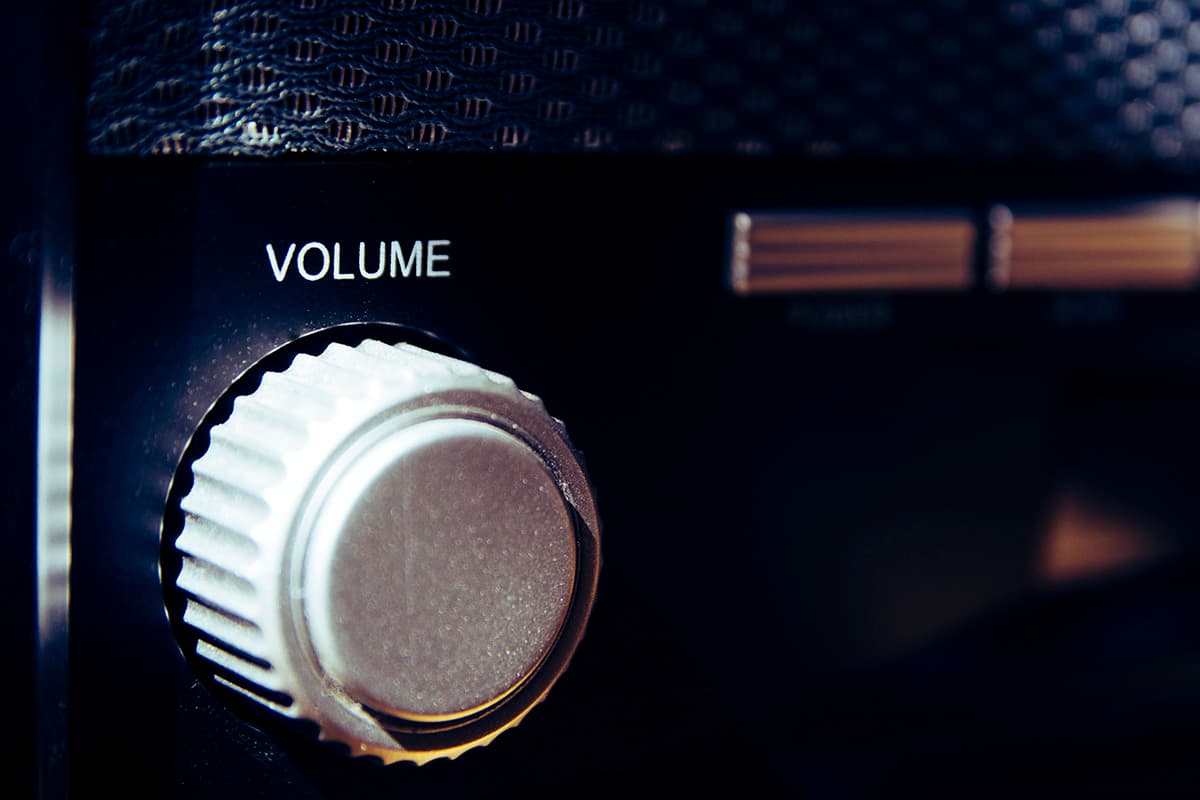Need advice? Let's talk.
Get straightforward guidance from your broadcasting partner. Schedule a call to chat with the team about your radio station.
Book DemoA Complete Breakdown of Radio Streaming
Radio streaming lets you listen to stations worldwide without static or signal issues. This guide explores how it works, where to tune in, and the best platforms for discovering live and on-demand shows.

Introduction
Gone are the days of flipping through radio stations in search of a good signal. Today, radio is no longer limited to local broadcasts but has expanded globally through online streaming. You can access diverse content without static or signal issues.
But what exactly is radio streaming, and how does it work? Where can you listen, and how can you start your own station? This guide covers everything you need to know about radio streaming, where to tune in, and how to get on the air yourself.
What Is Radio Streaming?
Radio streaming is the digital transmission of radio content over the internet instead of AM or FM frequencies. This allows radio stations or independent broadcasters to reach a global audience. You can listen to stations worldwide as long as you have an internet connection.
This advancement eliminates the limitations of traditional radio, offering high-quality audio without static or geographical restrictions.
How Does Radio Streaming Work?
At its core, radio streaming transmits an audio signal over the internet in real-time. Unlike traditional radio, which relies on radio waves, online radio uses streaming servers that compress and send audio data to listeners via apps, websites, or smart speakers.
Here’s how it works:
Audio Source: This could be a DJ speaking, a music playlist, or a live event.
Encoding & Compression: The audio is converted into a digital format that can be streamed efficiently.
Streaming Server: The encoded audio is sent to a server that distributes it to listeners.
Listener’s Device: The device decodes the stream and plays the audio on a smartphone, computer, or smart speaker.
Unlike downloading a podcast or song, streaming plays the content as it’s transmitted, ensuring a smooth and instant experience.
Live vs. On-Demand Streaming
Not all radio streaming operates the same way. Some stations broadcast live, similar to traditional radio, while others offer on-demand content like podcasts.
Live Streaming: The station broadcasts in real-time, meaning you hear what’s playing at that moment. This is ideal for news, talk radio, and 24/7 music stations.
On-Demand Streaming: Listeners can choose specific shows or segments to listen to whenever they want. This format is popular for talk shows, interviews, and specialty content.
Many modern radio stations combine both formats, broadcasting live while making past shows available for on-demand listening.

Radio Streaming vs. Traditional Radio
Radio streaming has changed how people listen to audio content, but traditional radio still holds its place. Here’s how they compare:
Traditional Radio (AM/FM)
Traditional radio broadcasts sound via radio waves from a station to a receiver. It remains a reliable source of local news, emergency alerts, and regional programming.
Pros:
Free to listen to without an internet connection
Works in cars, workplaces, and areas with a signal
Ideal for local news and emergency broadcasts
Cons:
Limited to a specific geographic range
Susceptible to static and interference
Fixed programming with no ability to pause, rewind, or skip
Radio Streaming (Internet Radio)
Streaming radio delivers content over the internet. Instead of tuning in via radio waves, listeners access stations through apps, websites, or smart devices.
Pros:
Global reach, accessible from anywhere with an internet connection
Higher audio quality without static
More variety, including niche genres and independent broadcasters
Interactive features like song requests, chat, and on-demand content
Cons:
Requires an internet connection, which can use mobile data
Some services include ads or require subscriptions
Dependence on servers means outages can interrupt broadcasts
Both formats have advantages, but streaming radio offers greater control over what listeners hear and when. Traditional radio still excels at local broadcasting, while online radio expands access to a global audience. If you're interested in understanding the differences between traditional and online radio from a broadcaster's perspective, we've explained them in this article.

Where Can You Stream Radio?
There are multiple ways to stream radio, from major platforms to niche stations. Here’s where you can find live broadcasts:
Major Streaming Platforms
Platforms like TuneIn and iHeartRadio aggregate thousands of radio stations, making it easy to find broadcasts from around the world.
Music Apps with Radio Features
Services like Spotify, Apple Music, and YouTube Music offer radio-style streaming. They provide curated stations based on genres, artists, or moods.
Independent and Niche Radio Platforms
For specialized content, platforms like NTS Radio, SomaFM, and Radio Paradise cater to specific music styles, underground artists, and independent broadcasters.
Direct From Station Websites
Many AM/FM stations now stream their broadcasts live on their websites, offering live listening and archives of past shows.
Independent Broadcasters
Independent broadcasters host their streams directly through platforms like Radio.co, which provides shareable streaming links. Listeners can tune in via a station’s website, app, or direct URL—no third-party app required.
How to Start Your Own Online Radio Station
If you’re considering launching your own radio station, it’s now easier than ever. Unlike traditional radio, which required expensive licenses and transmitters, online radio lets anyone broadcast to a global audience.
Why Start an Online Radio Station?
With an online station, you control everything—content, schedules, and audience reach. You can build a station around your interests. Monetization options, including ads and sponsorships, can also turn it into a profitable venture.
Steps to Launching a Station
Plan Your Station: Decide on your format, whether it’s music, talk radio, live DJ sets, or a mix.
Get the Right Tools: You’ll need a microphone, broadcasting software, and a streaming platform.
Curate Your Content: Organize playlists, prepare shows, or schedule live broadcasts.
Choose a Streaming Provider: Services like Radio.co make it easy to set up your station.
Go Live and Promote: Share your stream via website embeds, apps, and direct links.
Conclusion
Radio streaming has revolutionized how people listen to content, offering global access without the limitations of traditional radio. You can tune in through major platforms, music apps, or independent broadcasters. The variety and accessibility have never been greater. If you’ve ever wanted to start your own station, online radio makes it easier than ever.
Traditional radio still has its strengths, but the future of broadcasting is shifting online. Now is the best time to explore the world of internet radio.



